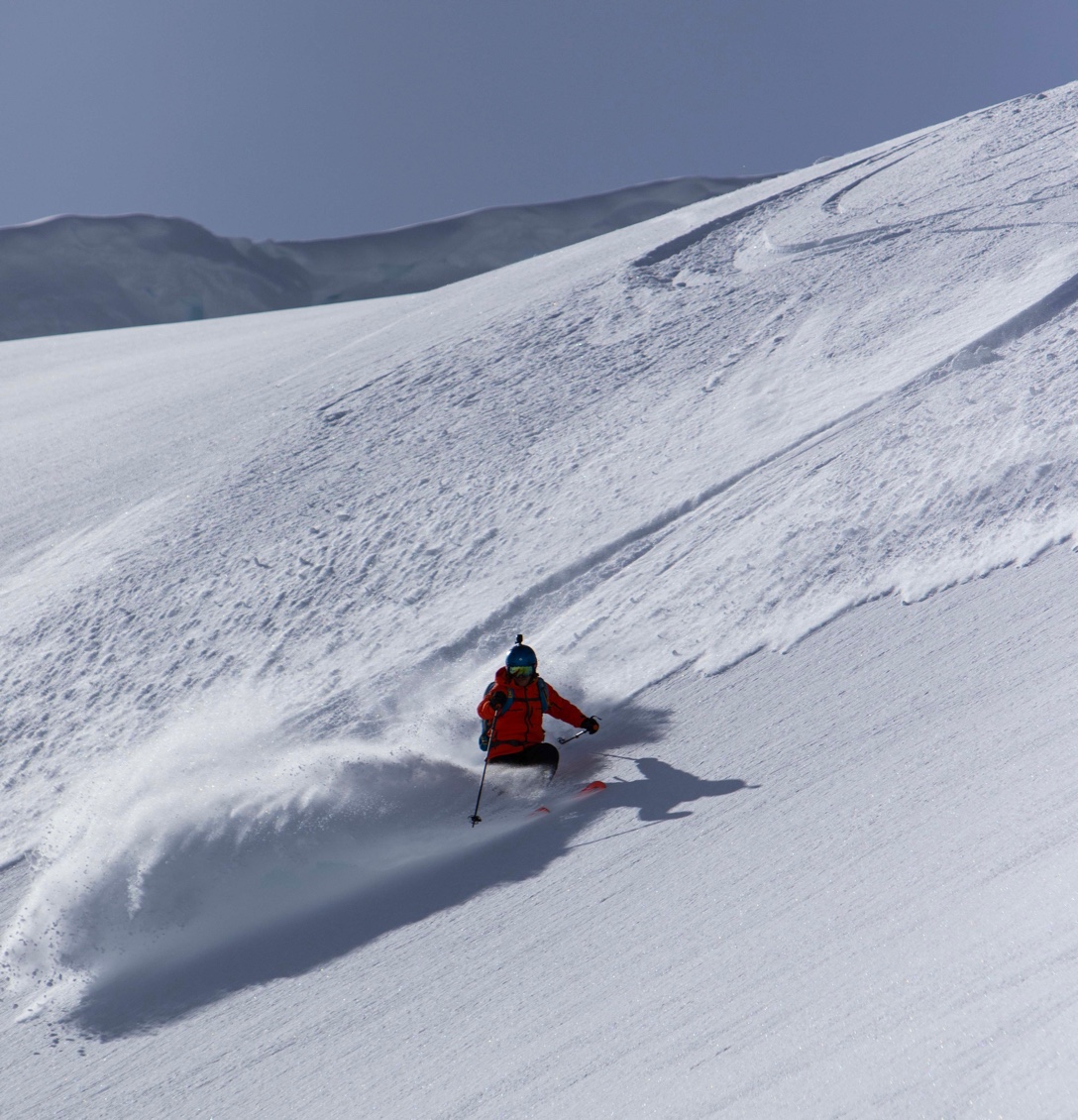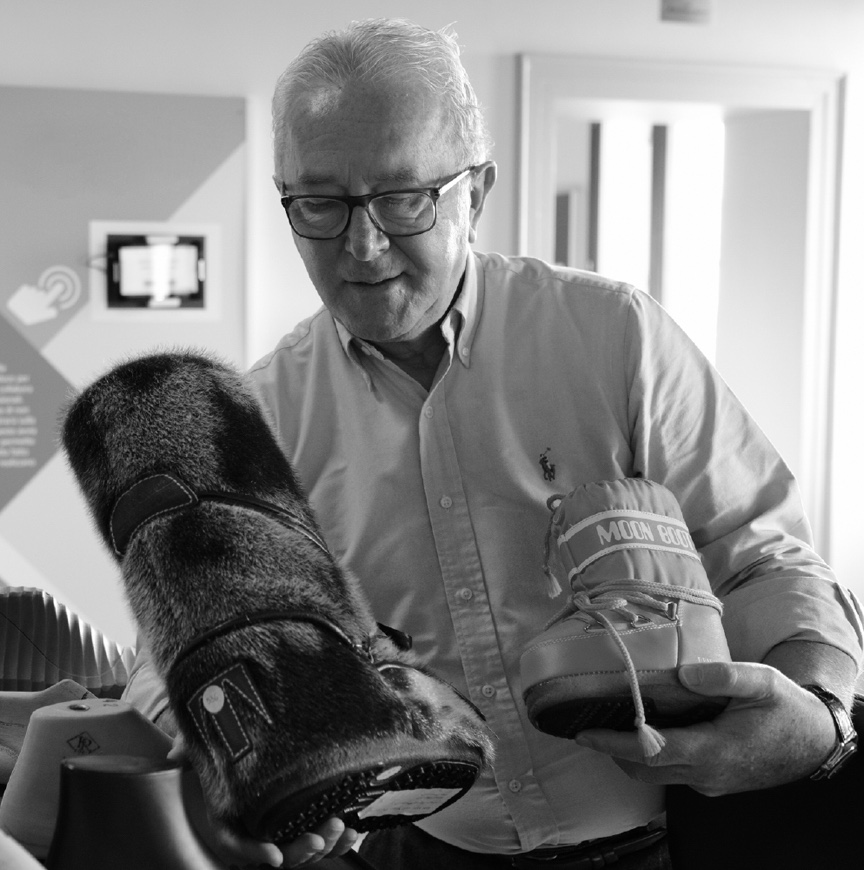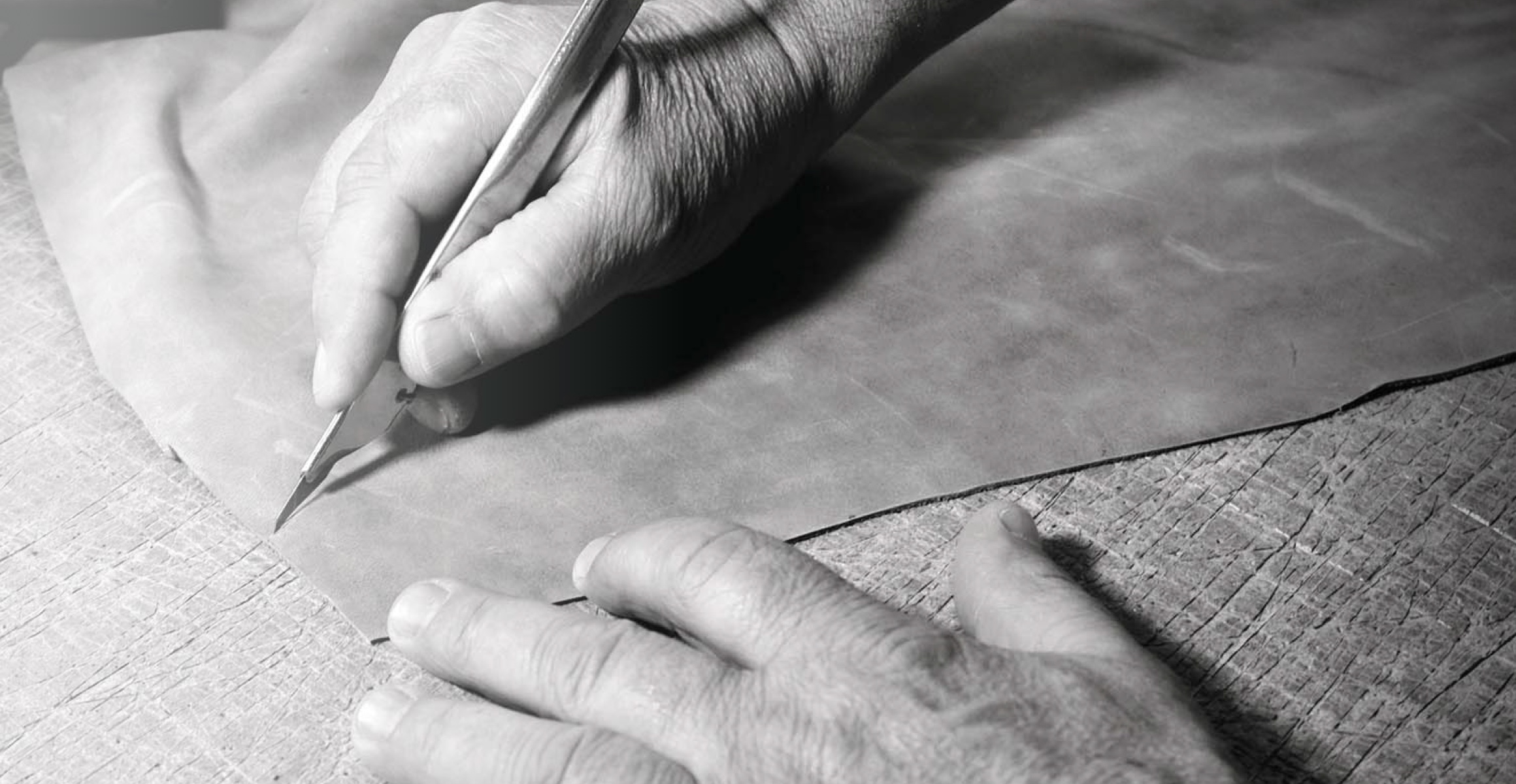Words by Patty O’Connel
Most great things in life are created through a series of seemingly insignificant, barely connected, tiny moments and happenings. Inside a small, dimly lit, and unassuming workshop, Oreste Zanatta sat at a workbench on a wooden stool in post World War II Nervesa, Italy. His modest shirt and slacks were slightly covered by a canvas apron that was dog-eared with years of use. His thick hands had callused palms, ornaments of craftsmanship and work ethic. Lasting pliers, awls, blades, and other cobbling tools surrounded his station. From that bench, from that stool, Oreste made leather hiking and work boots. But he was truly creating the groundwork for Tecnica ski boots.
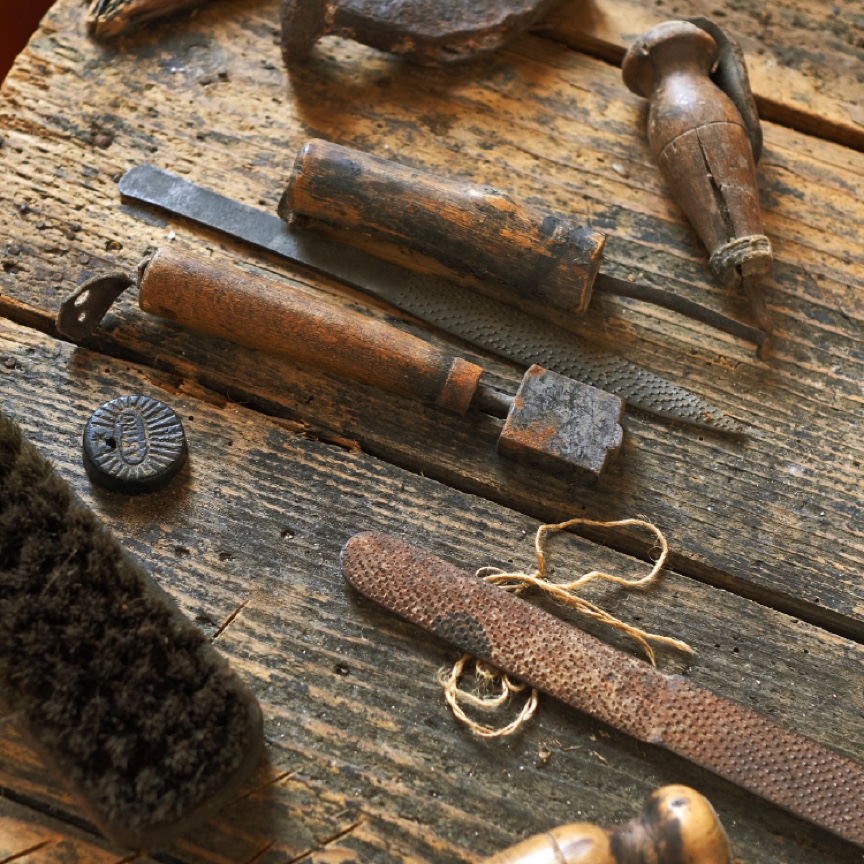
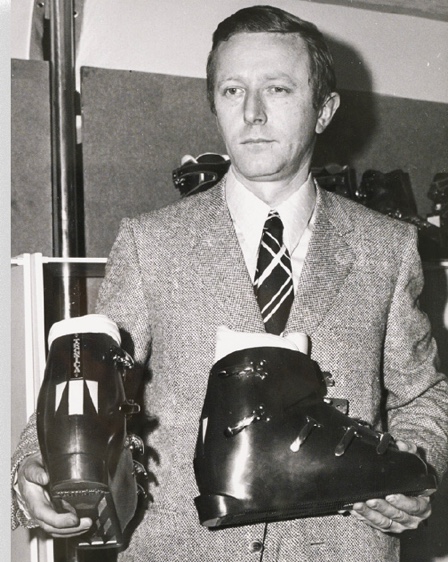
During the 1960s, Italy saw a boom in recreation, which included a massive growth in winter sports. Sensing an opportunity, Oreste’s two sons, Giancarlo and Ambrosiano, who had taken over the business, decided it was time to get into the ski market. They’d grown the brand and were no longer producing boots in Oreste’s tiny workshop, but his handmade and tailor-fit design was still the backbone of the company. With an adapted ski-specific design built into their renowned leather boots, Tecnica ski boots were truly born.
In 1969, Tecnica hit mass appeal by introducing the world to the après ski-specific Moon Boot. Up to that point, no brand had ever created a post ski shoe. Because the Zanatta brothers were skiers themselves, they understood the two best parts of any ski day: the excitement of booting up in the morning and the relief of de-booting in the afternoon. Skiers needed a comfy, warm shoe to wear to the post ski party. It’s hard to enjoy ski stories and fondue with feet that feel like hamburger meat.
The Moon Boot was modeled after the shoes issued to the Apollo astronauts. They were big, colorful, funky, comfortable, and could fit any and every foot. The cramp-toed skiing masses immediately fell in love with them. Today, 27 million pairs have been sold worldwide.
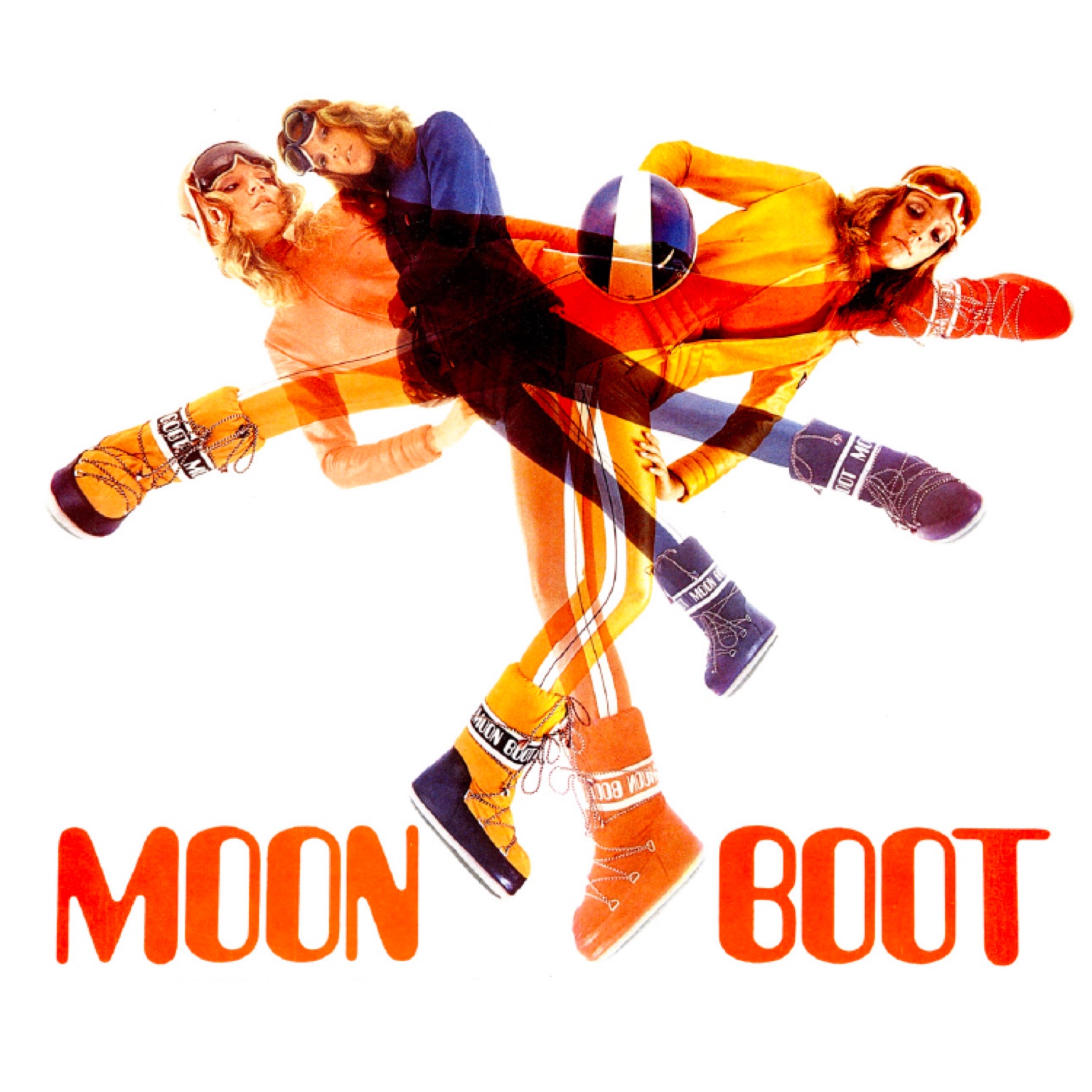
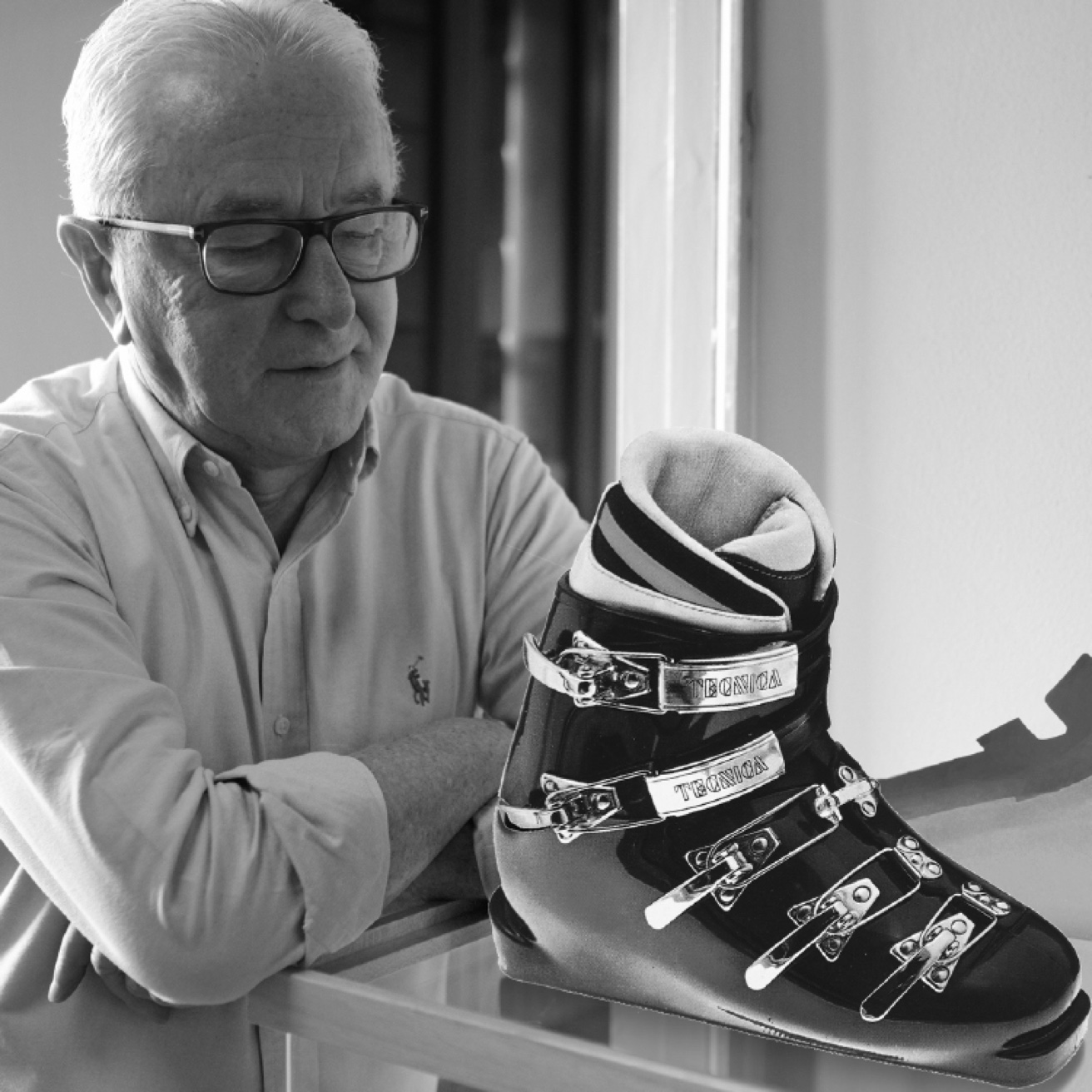
Goofy, comfy, and smile-inducing shoes were one thing, but Tecnica had their sights on downhill skiing innovation. The brand’s success continued with more forward-thinking and creative designs. In 1970, Tecnica introduced the world to the first bi-injected ski boot, the Tecnus. Finally, ski boots that looked like hastily adapted bear traps were a thing of the past.
Using two different plastics—a hard plastic lower shell and a more flexible upper cuff—gave the consumer, aka the skier, a never before achieved level of comfort, wrapped fit, and technical precision. It forever changed the ski industry and ski experience. The success of the Moon Boot and Tecnus, as well as the introduction of the TNT boot series in 1980s, became the foundation of Tecnica.
By the end of the 1970s, Tecnica began to develop four-season footwear. In the 1980s, Tecnica became the first company to use both synthetic and technical materials by using Gore Tex in their trekking shoes. Now, hikers finally had a completely waterproof and breathable, lightweight shoe. And in Moon Boot tradition, they were colorful too. With shoes that offered flare as well as technical prowess, the hiking world could finally strut in style.
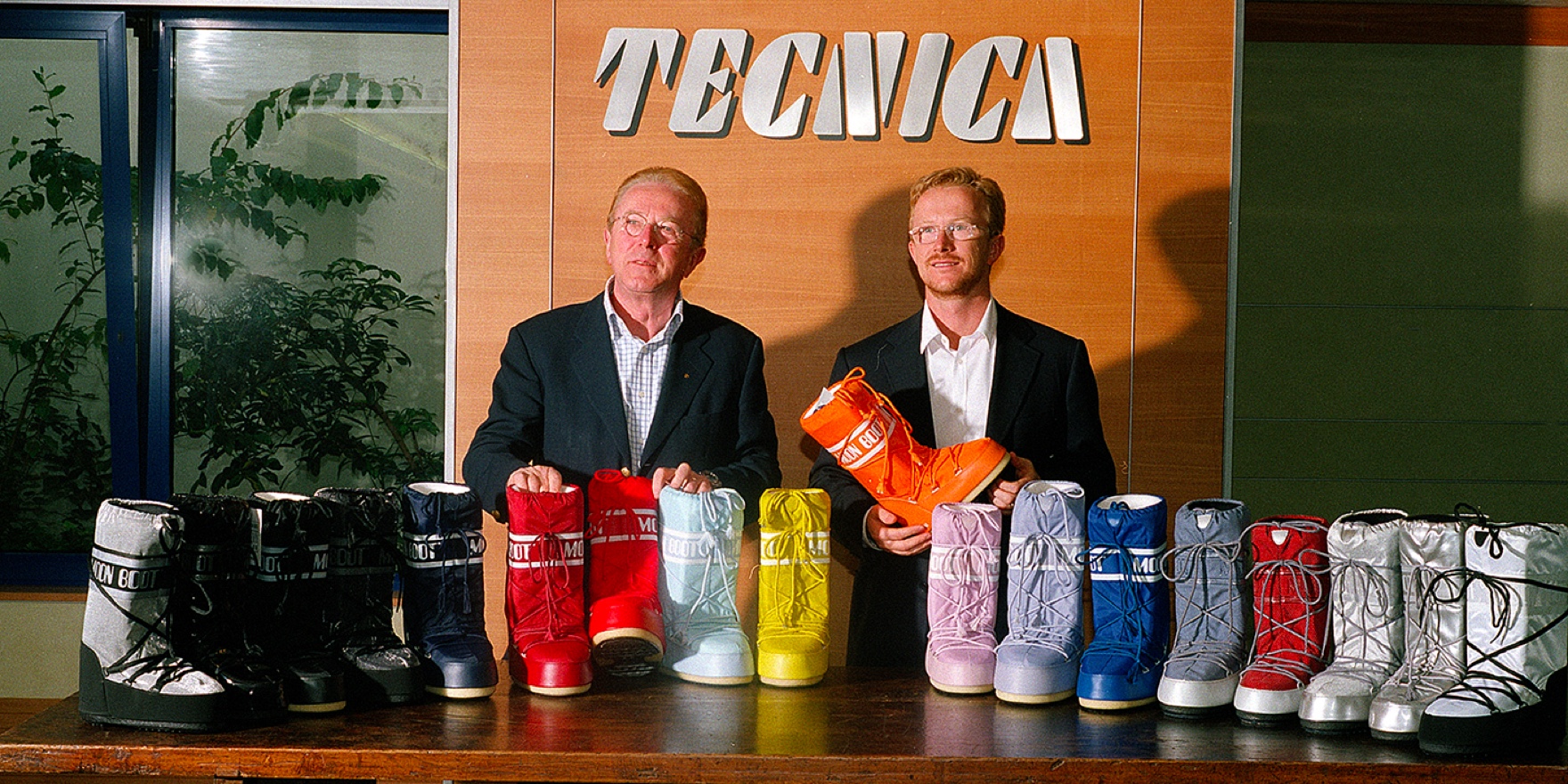

Following graduation from college, Alberto spent a year traveling around the U.S. He visited with clients and customers, gathered technical responses and reactions to Tecnica gear, and reported his findings weekly. The following year, he did the same in Germany for the hiking brand Lowa, which Tecnica acquired in 1993. Later in 1993, Alberto graduated from business school and he was then officially hired in 1994…as an accountant. Not exactly the most exciting job in the company, or any company for that matter, but after four years of crunching numbers he was hired as the head of sales in Europe.
As Alberto climbed the corporate ladder, Tecnica grew in size. In 2008, they formed the Tecnica Group, which included Tecnica, Blizzard, Moon Boot, Lowa, Nordica, Dolomite, and Rollerblade. And after serving as the Ceo of the Tecnica brand and the Tecnica Group, Alberto was named chairman of the Tecnica Group in 2015. During the 2000s, the Tecnica brand solidified its spot as an industry leader by continuing to create innovative and technically advanced ski boot designs, like heat moldable liners, rapid access boot entry and exit comfort, dynamic backcountry touring models, and progressive downhill flexes. Materials, fit, construction, design, and performance continued to follow the “always innovation” mantra first set forth by Tecnica founding father, Giancarlo Zanatta.
In the spring of 2017, following an R&D and R&R ski trip to Alaska, Alberto Zanatta sat at his desk at Tecnica’s corporate headquarters in Giavera del Montello, Italy. A shiny computer and keyboard placed in front of him, reports, product designs, and the stacks of paperwork it takes to run an international company surrounded him like mountain peaks. His glasses were perched on the bridge of his nose as a smile grew across his face. He looked at his hands, not as thick or as coarse as his grandfather’s. He looked at what he was wearing; a tailored suit rather than a worn workshop apron. But he was filled with the same sense of craftsmanship accomplishment his grandfather felt.
As a child, Alberto loved skiing because it gave him pure, unadulterated joy. He loved going fast. He loved the feeling of skis gliding and turning under his feet. He loved smiling and laughing while feeling connected to nature. And just as with Giancarlo, Alberto is driven by a desire to make the very best product for one specific purpose: the enjoyment of the user. The Tecnica difference is the Zanatta difference, the tradition of passion.